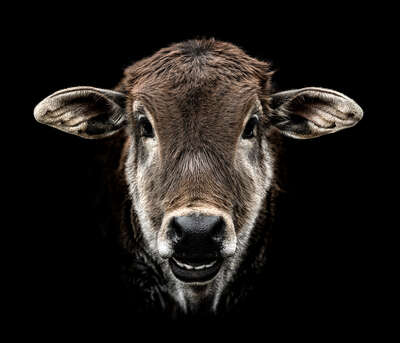

- Exclusive offers
- Inspiring new releases
- Personal invitations to Art Events

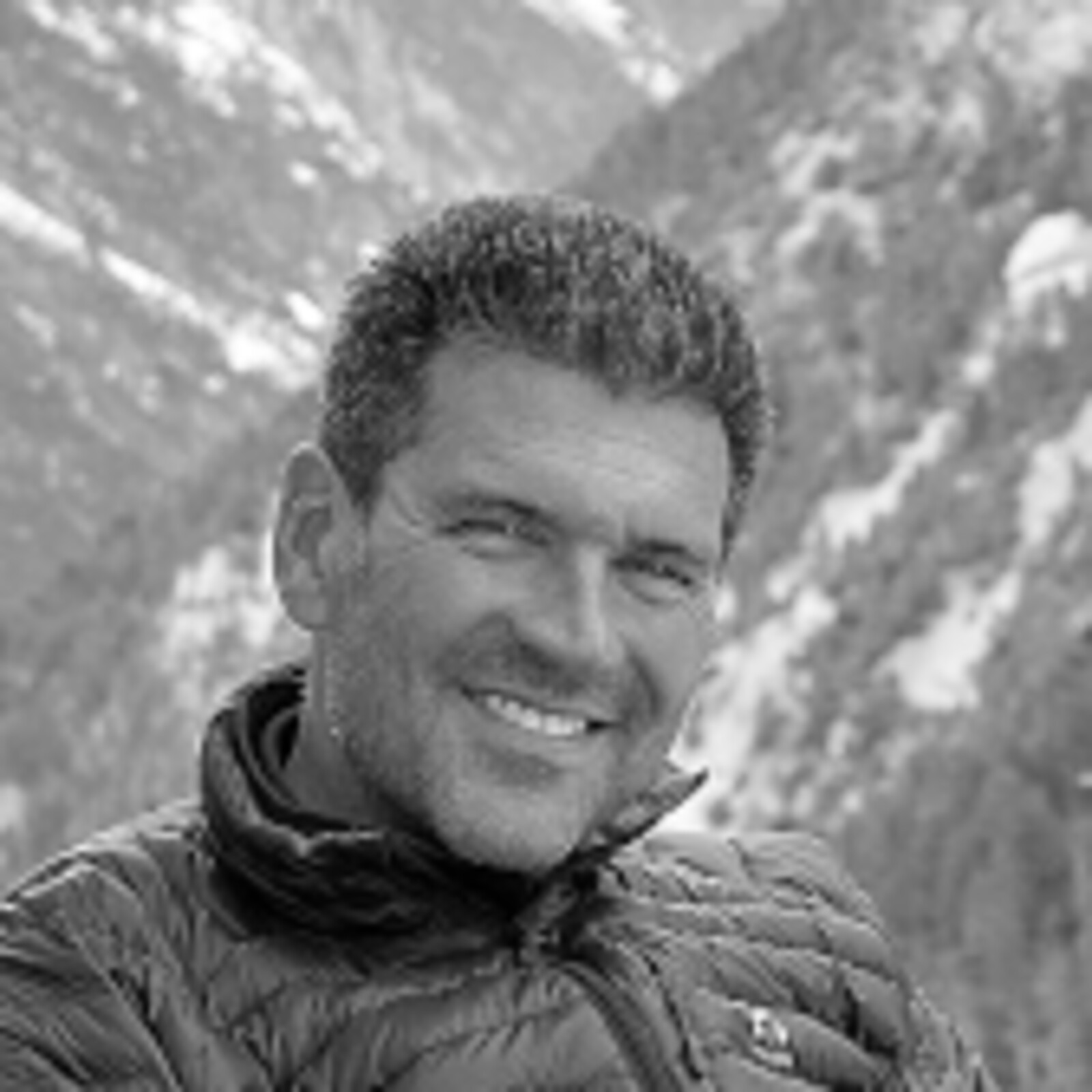
In his new series Les grandes dames, cows gaze head-on with their big eyes – sometimes serious, sometimes serene, sometimes flirtatious, but always with powerful energy and elegance. When they look… Read more
Intro Bio Interview


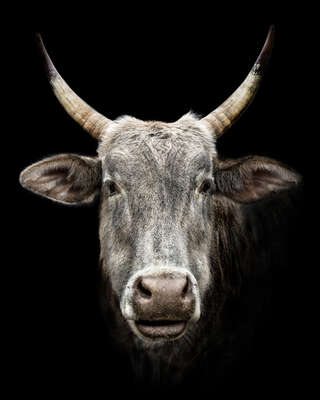

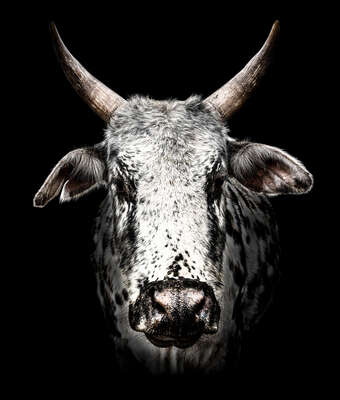

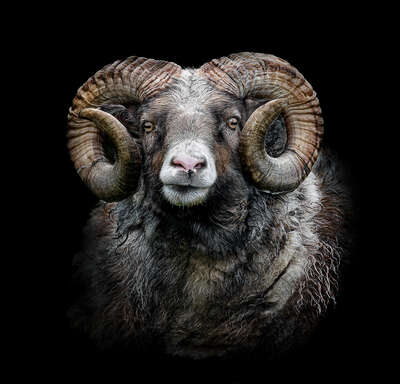

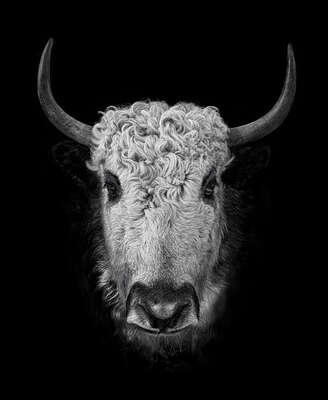

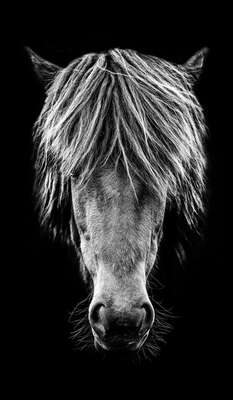

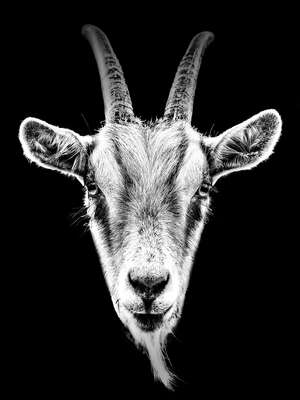

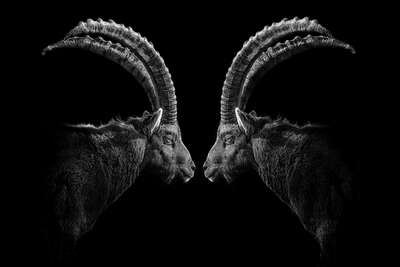

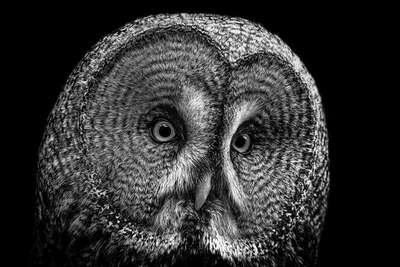

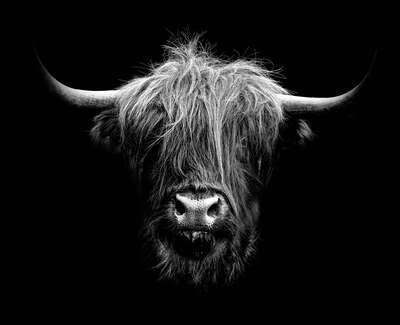

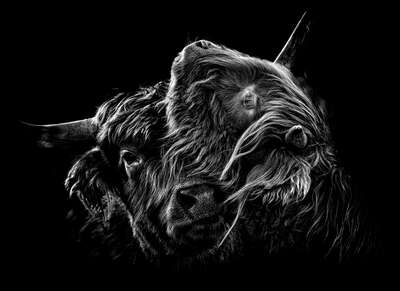

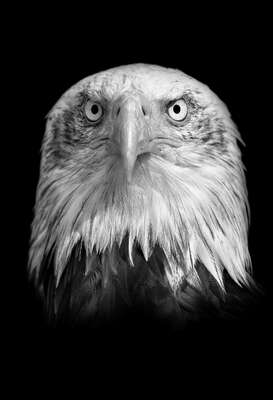

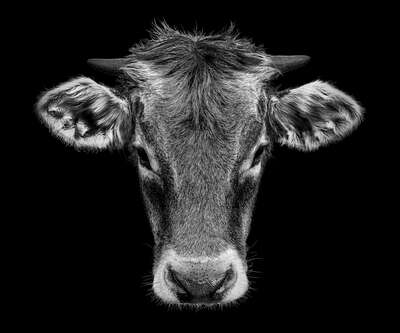

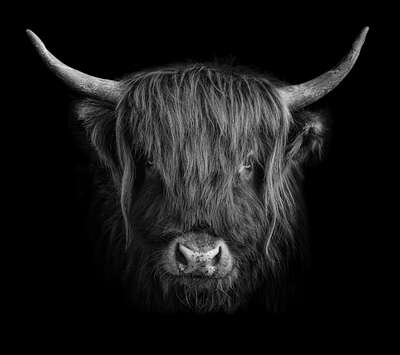

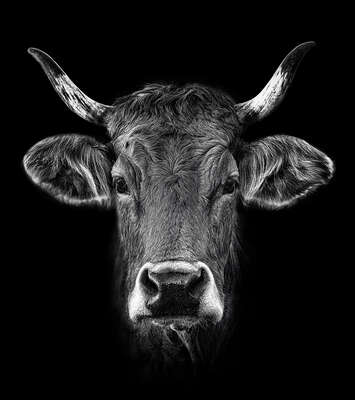

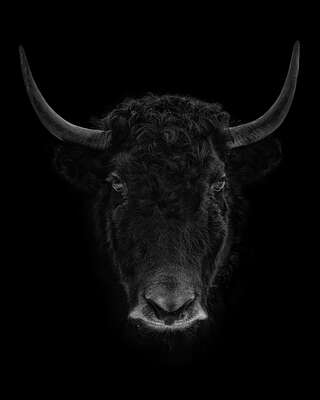

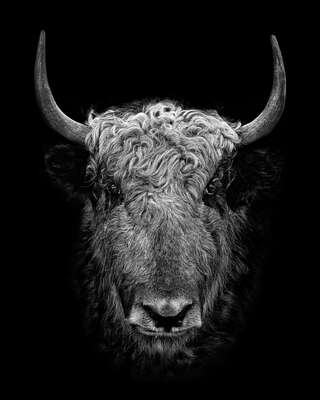

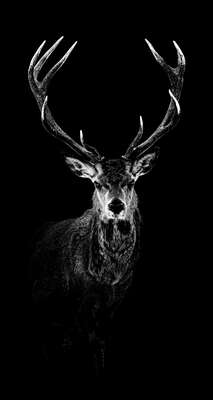

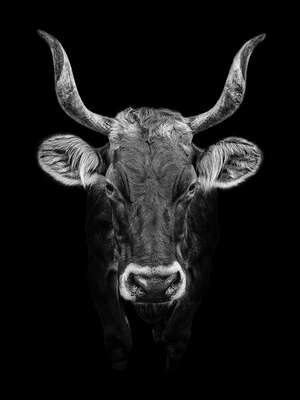

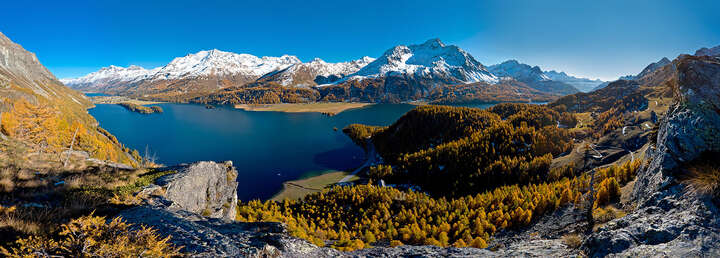
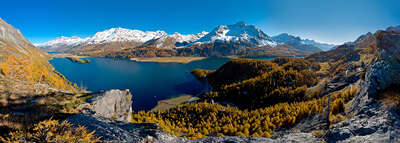


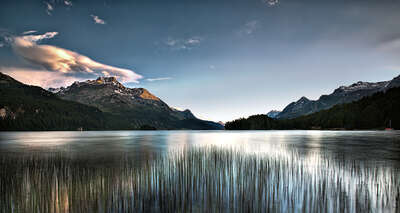

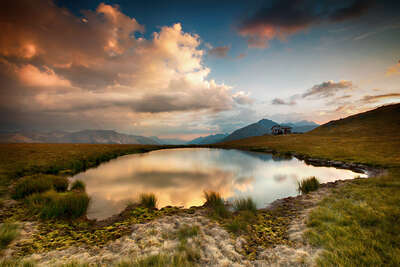



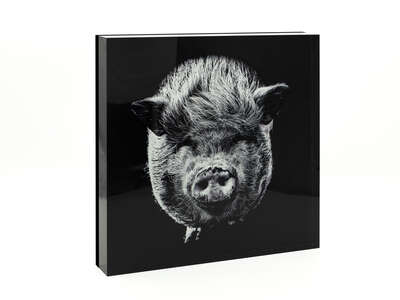

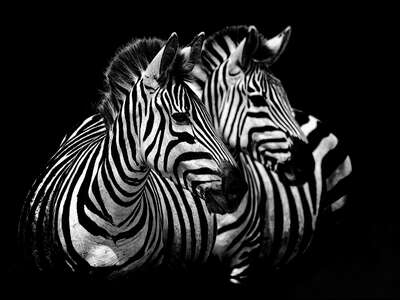



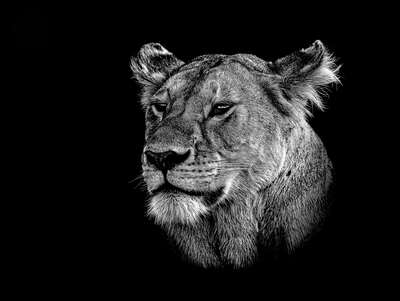

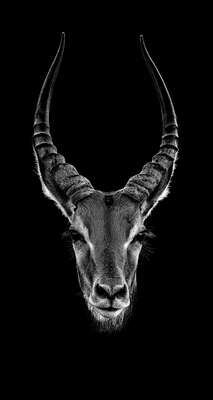

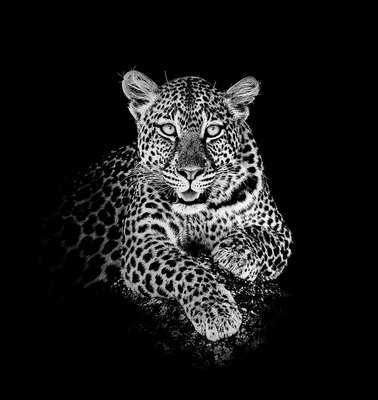

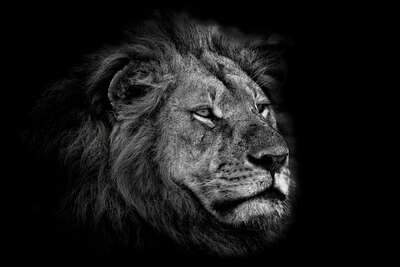

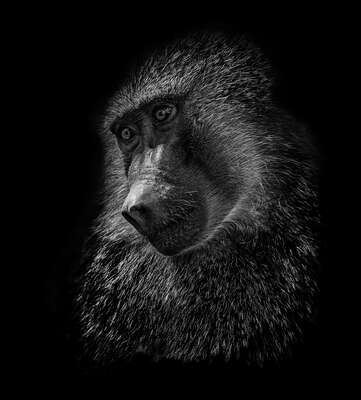



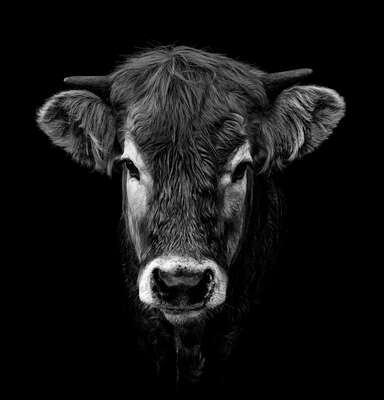

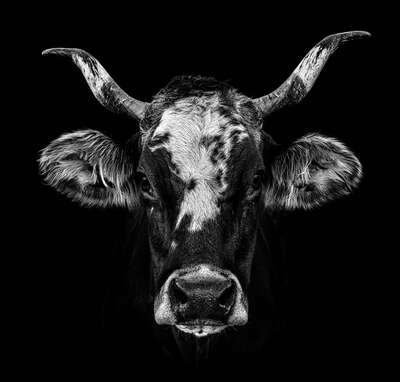

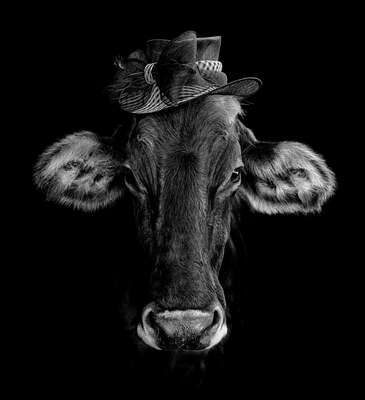



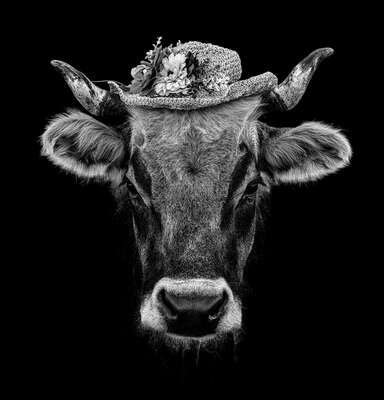

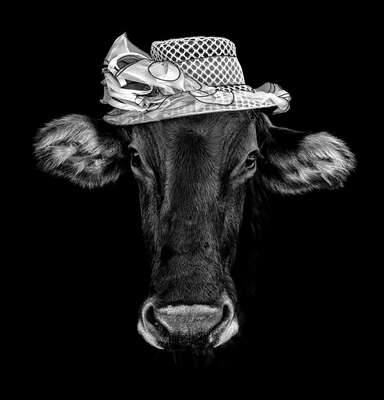

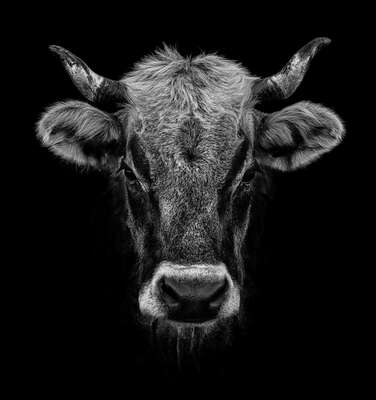

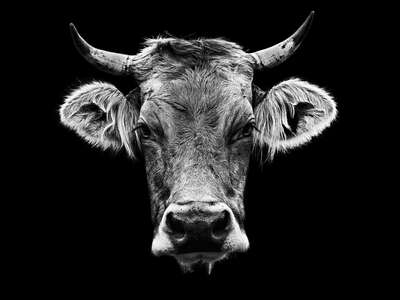

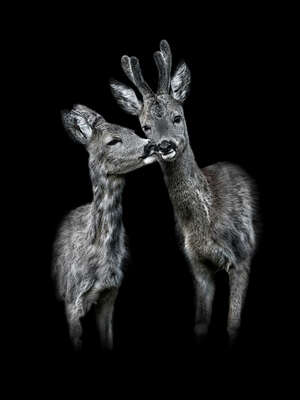

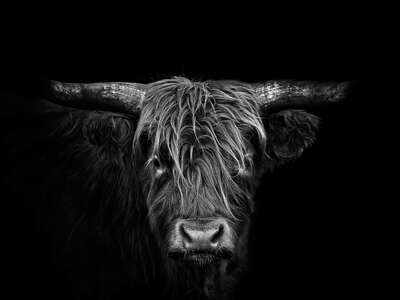

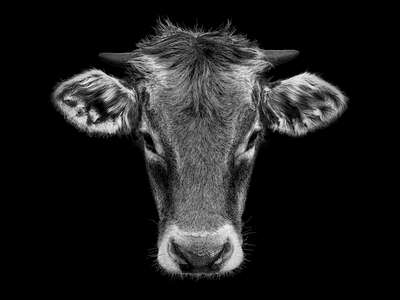



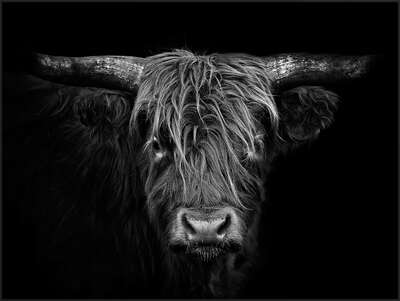

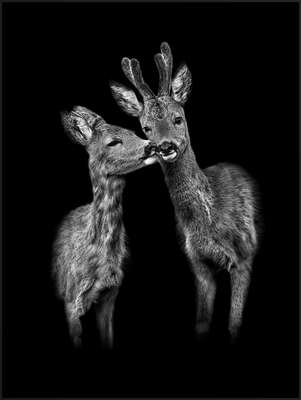

In his new series Les grandes dames, cows gaze head-on with their big eyes – sometimes serious, sometimes serene, sometimes flirtatious, but always with powerful energy and elegance. When they look at you as they do through Gotsch’s photographs, connection is inevitable. Claudio Gotsch has also infused an element of haute couture: their heads are adorned with stylish hats which suggest they’re prepared for afternoon tea in the English countryside The shoot, however, was far more strenuous than it appears. Interacting with the ladylike cows can be quite dangerous. Gotsch always needed assistance from a farmer who as equipped to keep the cow calm and, if needed, push all 800 kilos away. For these portraits, the artist took advantage of shadows to depict the animals’ personalities. Gotsch photographed in black and white, avoiding flash to truly focus in on the cows. His decision to place them in hats is rooted in debate amongst residents of his home country Switzerland: Should cattle keep their horns or not? Most people are in agreement with dehorning, but Claudio Gotsch believes a cow without horns appear naked and empty.
Sometimes Claudio Gotsch waits several hours in a camouflage tent, just for a good photo. “The animals have to come to me, not the other way around,” says the photographer from Engadin. The diverse wildlife of the Swiss High Valley is powerfully captured in his photography, which reflects his deep appreciation for nature. His black and white photographs radiate a breathtaking intensity, which opens our eyes to how greatly this fauna needs to be protected.
His new work Albula is dedicated to a particularly symbolic animal, the Swiss cow. The Swiss cow embodies work, family, and traditions of the Alpine region and is widely known as a trademark of Swiss culture. This fascinating shot in elegant black and white style puts the cow’s individualistic hair patterns on display, lending the animal its own special character. The black background of this Black Edition takes the subject away from its usual Swiss Mountains, which turns the focus on the subject, bringing them closer to us. Through Gotsch’s staging, the cow from Albula Valley is transformed into a unique work of art, full of vitality. The artwork is a continuation of two other very successful portraits he created, Heimat (Home) and Junge Heimat (Young Home), where he also chose the Swiss cow as a motif. These photos are not only testaments to Gotsch’s love of his homeland, but also to his talent for staging and production.
He entered new territory with his Yak series. Though these stoic animals actually originate from the Himalayas and are important farm animals in the entire Central Asian region, their landscape and climate are so similar that the animals also feel at home in the Swiss mountains. For his new project Gotsch captured three yaks in his homeland and portrayed them in his characteristic style with a black background. The animals exude that same intimacy that we know from his previous works yet captivate with their unusual appearance.
Gotsch’s landscapes of his homeland, with their imposing mountain range, are characterized by profound peace and harmony. The monumental Alpine panoramas awaken our longing for a connection with nature so intensely that you can almost feel the fresh mountain air.
He found his passion for photography at an early age. “It is incredible what you can discover in nature when you have your eyes open,” he said, revealing his thoughtfulness and carefulness in his work process, the antithesis of today’s fast-paced life.
The Africa Black Edition is full of wonderment for the extraordinary and graceful wildlife in Africa. Travelling to Africa and completing this series was a lifelong dream come true for Claudio Gotsch, the renowned Swiss wildlife photographer. The challenges faced in the African nature were warmly embraced by Gotsch. Adapting to new surroundings all the time, he slowly and cautiously approached lions in the savannah, he followed the dynamic rhythm of the antelopes, and endured many long hours to avoid alarming the alert and cautious leopard. Even though he was so far away from his home in Switzerland, in those moments Gotsch was completely in his element. Skillfully, he approached the icons of African wildlife in their natural habitat and captured their untamed energy with his camera. For the inscenation Gotsch applied his own established style, exposing his subjects against a black background allowing for an incredibly intense proximity to the animals.